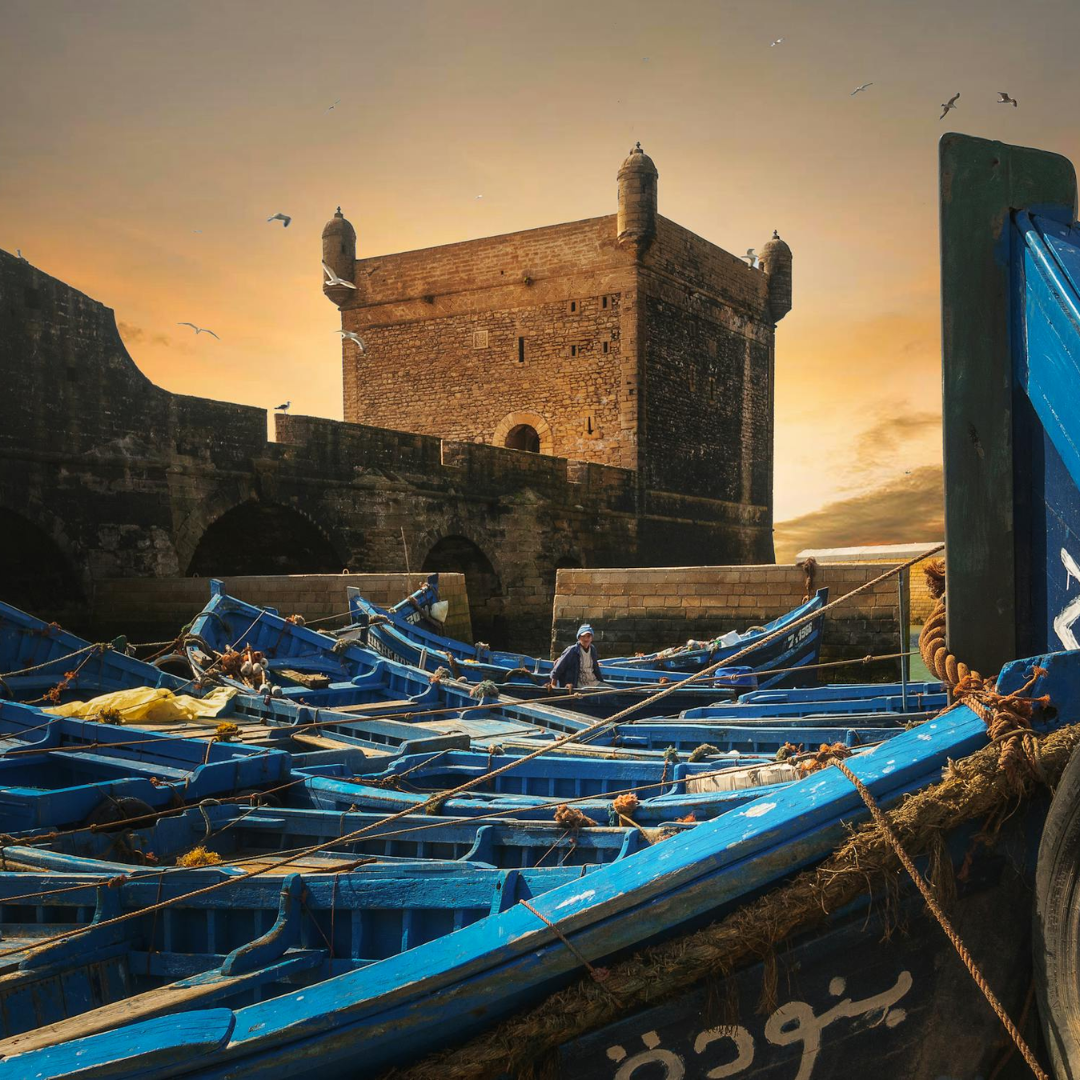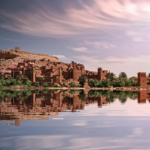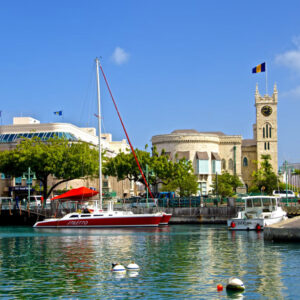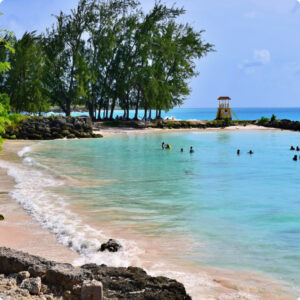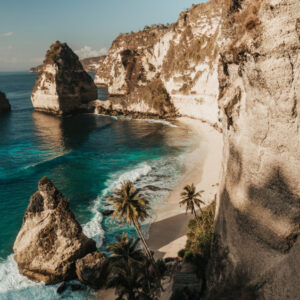Essaouira is a coastal city located in western Morocco, along the Atlantic Ocean. Known for its historic medina, stunning beaches, and vibrant arts scene, Essaouira is a UNESCO World Heritage Site and a popular destination for tourists seeking a blend of culture, history, and natural beauty.
-
Medina – A historic walled city, filled with narrow streets, souks, and traditional buildings, showcasing its rich cultural heritage.
-
Beaches – Famous for its wide, sandy beaches, making it a hub for water sports like windsurfing and kitesurfing.
-
Port – A traditional fishing port where visitors can see fishermen at work and sample fresh seafood.
History of Essaouira:
-
Ancient Beginnings:
Originally known as Mogador, Essaouira was founded in the 18th century as a port city by the Alaouite Sultan Sidi Mohammed ben Abdallah. It quickly became a key trading hub for goods like gold, ivory, and salt. -
Portuguese Influence:
The city was occupied by the Portuguese in the 16th century, who built fortifications that are still visible today, especially in the city’s iconic medina and ramparts. -
Cultural Fusion:
Essaouira’s history as a port city has led to a fusion of Arab, Berber, and European influences, particularly evident in its architecture and culture.
Cultural Significance:
Essaouira is renowned for its vibrant arts scene, especially in music, with the annual Gnaoua World Music Festival attracting international visitors. The city is also known for its handicrafts, particularly its woodwork and thuya wood products. Essaouira’s medina, with its white and blue buildings, is a symbol of its unique cultural blend of influences and is a major attraction for tourists.

